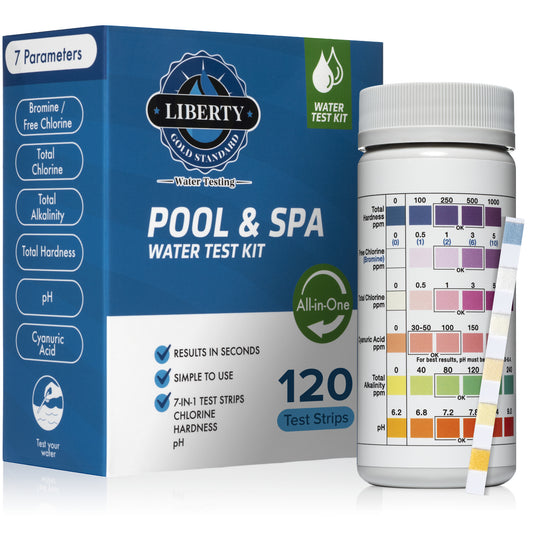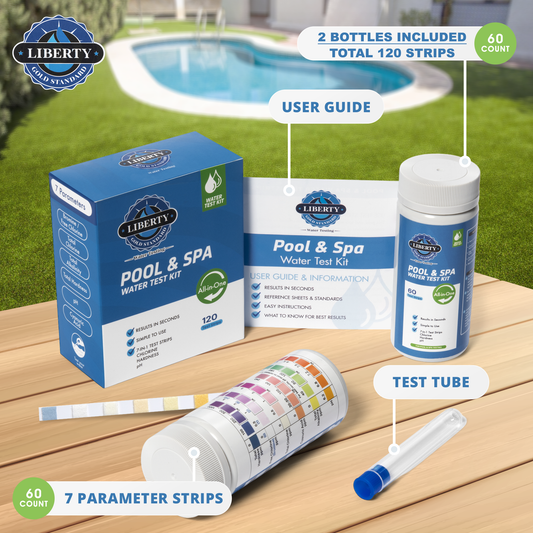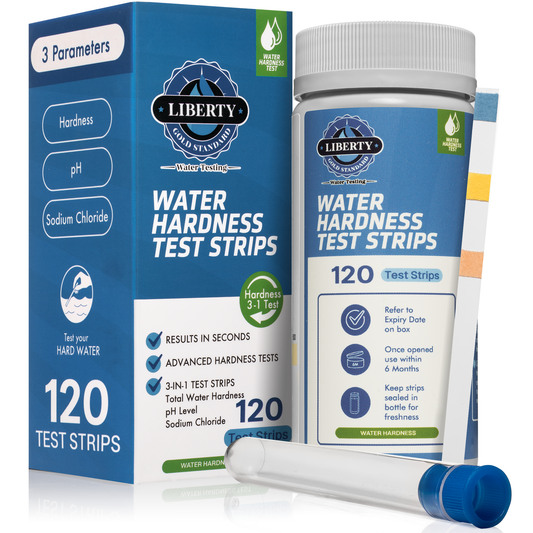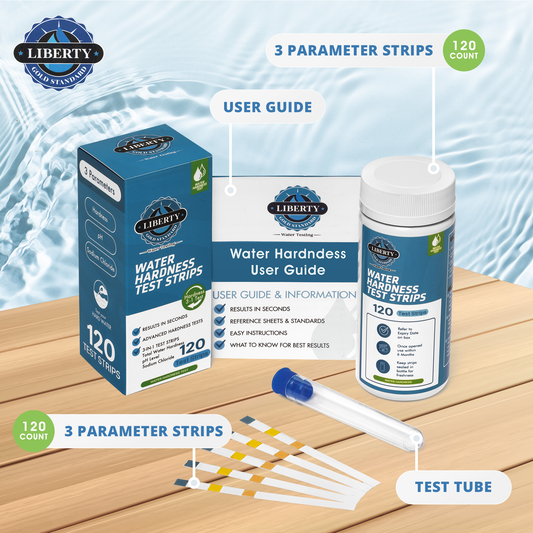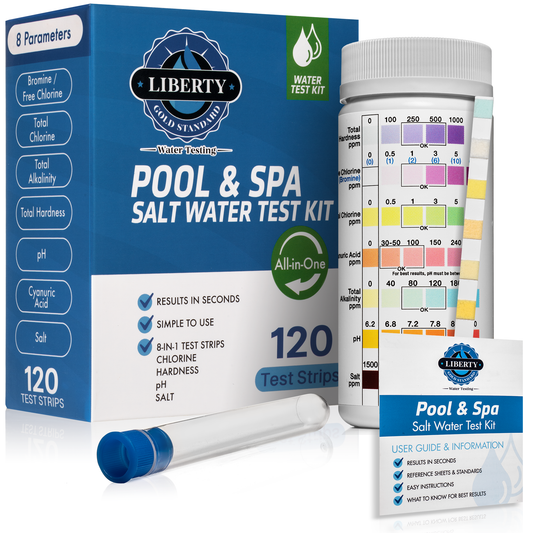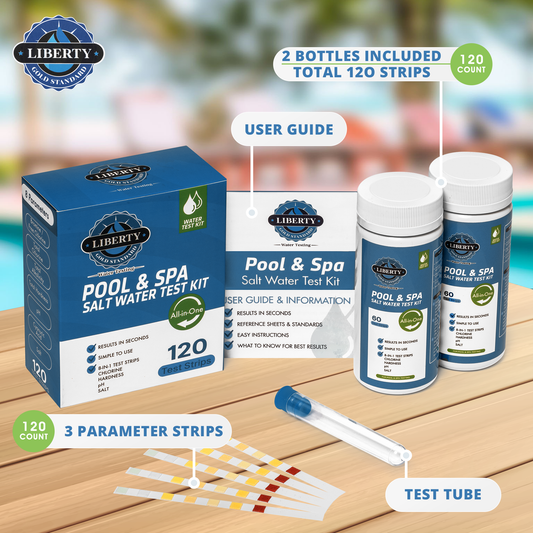PFAS, or per- and polyfluoroalkyl substances, have earned the ominous nickname "forever chemicals" due to their remarkable persistence in the environment. These synthetic chemicals, numbering over 4,000, have been in use since the 1940s, primarily for their ability to resist heat, water, and oil, making them invaluable in various industries. Here's a comprehensive look at PFAS, their impact, and what you can do about it:
What Are PFAS?
PFAS are found in numerous everyday products:
-
Non-stick cookware (like Teflon)
-
Water-repellent clothing
-
Stain-resistant fabrics and carpets
-
Food packaging (especially fast food wrappers)
-
Cosmetics
-
Firefighting foams
Their widespread use stems from their unique molecular structure, which includes a carbon-fluorine bond, one of the strongest in organic chemistry, making them highly durable and resistant to degradation.
The Contamination Issue
Recent studies, including a significant one by the U.S. Geological Survey, estimate that at least 45% of U.S. tap water might contain one or more types of PFAS. This contamination isn't limited to urban areas; rural water sources are also affected, often due to agricultural runoff where PFAS-laden sewage sludge has been used as fertilizer.
A 2016 study estimated that PFAS are present in the drinking water of about 110 million Americans.
The EPA has set a health advisory level for PFAS in drinking water at 70 parts per trillion (ppt).
Health Risks Associated with PFAS
Exposure to PFAS, even at low levels, has been linked to:
-
Increased cholesterol levels
-
Liver damage
-
Immune system effects (like reduced vaccine response)
-
Developmental issues in children
-
Increased risk of certain cancers (kidney, testicular)
-
Hypertension and other cardiovascular issues
The EPA's recent health advisories have lowered the threshold for what's considered safe, indicating that PFAS are hazardous even at concentrations previously thought to be negligible.
How They Enter Our Water
PFAS enter water systems through:
-
Industrial discharge from manufacturing plants
-
Wastewater treatment plants where PFAS from consumer products end up
-
Firefighting training sites using PFAS-laden foams
-
Agricultural runoff from lands treated with PFAS-containing fertilizers
Regulatory and Legal Landscape
The EPA has taken significant steps, including setting maximum contaminant levels (MCLs) for certain PFAS, and adding PFAS pollution to the Superfund law, which could mandate cleanup efforts. However, there's resistance from industry groups citing high costs of compliance.
What Can Be Done?
-
Water Filtration: Specific filters like activated carbon and reverse osmosis can reduce PFAS levels in drinking water.
-
Consumer Awareness: Choosing products labeled PFAS-free or reducing the use of items known to contain these chemicals.
-
Advocacy: Supporting legislation for stricter PFAS regulation and cleanup.
Conclusion
PFAS represent a complex environmental and health challenge. Their persistence in the environment and our bodies underscores the need for immediate action, from regulatory bodies, industries, and consumers alike. Understanding PFAS is the first step towards mitigating their impact, pushing for safer alternatives, and ensuring that our water, and by extension, our health, is protected from these "forever chemicals."
Currently, at home test don't exisit for testing PFAS, however, you can test for over 16 other parameters lurking in your water, including heavy metals and bacteria.
Use discount code PFAS15 to save up 15% off a Liberty Gold Standard Water Testing Kit.






